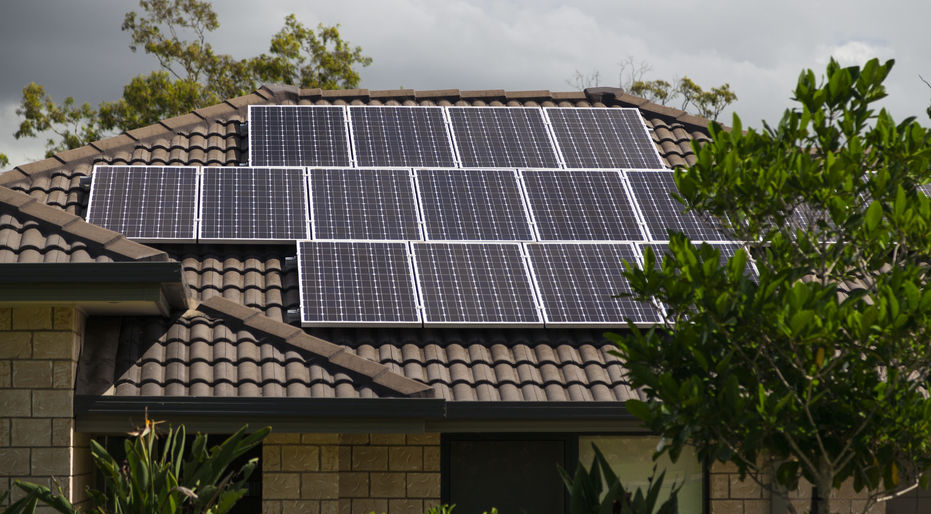Why I Chose Not to Install Solar Panels
I am Pro-Solar
I would consider myself pro-solar for a few reasons. Most notably, I am not a fan of OPEC countries such as Iran and Venezuela. I like the idea of having more energy to grow the economy and would rather use more sources of energy, be it solar, natural gas, hydro, nuclear, etc. instead of anti-growth measures like rolling blackouts. Real or perceived, I would rather the air and water be cleaner than dirtier. I would prefer not to be dependent on a regulated monopoly such as a local utility company. Additionally, I have heard various claims that solar can save you money. Even though I knew that was probably heavily dependent on taking advantage of some type of government subsidy, I am a tax-paying citizen and if the government wants people to buy more solar panels, I will certainly consider it. All that being said, I like to ask questions and see actual numbers and other data prior to making decisions.
SolarCity Worked Up a Preliminary Solar System Design
SolarCity’s sales rep worked up a layout and estimated I would need a 13.25 kW DC system that would produce 21,494 kWh of energy per year. However, my annual energy usage was over 40,000 kWh a year. Even though I had a flat, unobstructed roof in sunny Arizona, the solar panels would never produce enough energy to meet my needs. They could meet some of my needs, but I would still always be dependent on the local utility company. I had heard that panels become less efficient over time, so that would mean that each year, the percentage of my electricity that I received from the utility company would go up.

Environmental Benefits Were Prominently Listed First
I would like to see the financial ROI front and center, but a big portion of the proposal was dedicated to the environmental benefits. It said that over the next 30 years, my system would offset 1M+ lbs of CO2. This would be the equivalent of driving a car about 1.1 million miles, the CO2 absorbed by 545 trees, or 240,073 gallons of water used to make electricity. It did not mention any negative effects of the solar panels. I did wonder how much pollution or CO2 release would be driven by the company in China manufacturing my solar panels. It also opened up another can of worms of although it is nice to be less dependent on OPEC countries, we are still dependent on China for these panels.
Leasing Provided the Best Apples-to-Apples Comparison
The proposal had options laid out for leasing or buying the panels, but I felt the buy option wasn’t a really good comparison. Buying power from the utility company requires no upfront investment. It is like buying milk from the grocery store. Buying solar panels requires a massive up front investment, $59,625 in my case (offset by a $17,888 federal tax credit). If the grocery store offered me a deal where you can pre-pay a massive amount of money for a 20 year supply of milk, that is a little less than you would have spent, I would not even seriously consider it. Several reasons come to mind: time value of money, credit risk, possibility of moving, change in eating/drinking habits, avoiding spending a large lump sum when you have other options, etc.
Lease Economics Weren’t That Great
With leasing, I would spend about $438 per month on electricity compared to $524 per month now. (10.5 cents per kWh with SolarCity compared to 18.9 cents per kWh with Arizona Public Service) There is a 2.9% annual increase built into the lease, but I am not sure you can assume public utility rates will go up 2.9% per year. They are heavily regulated and low natural gas prices have been a factor in keeping the rates down. Also, since I would still have to be hooked up to the local utility, the utility could still pass along increasing costs as a larger base fee rather than per kWh fee, or find other ways to penalize the rates of customers who were receiving some power off the grid. I would still save around $80 per month without any upfront investment, but I would have to sign a 20 year lease to do that. Which brings up another point….
You are on the Hook for the Panels
Since my chance of remaining in the house for 20 years was very small, I had to consider what could happen in a sale. If you sell the house with the leased panels, you have to either pay off the panels or have your buyer assume the lease. In the current real estate marketplace, this is seen as a negative among many buyers. They don’t want to be on the hook for a lengthy lease commitment and be in your same position of potentially being forced to pay off the panels when they sell the house in a few years. They also may not want their credit run and being forced to go through an approval process when they are already in the middle of the mortgage process.
Wait Until the Decision is a No Brainer
Ultimately I decided to wait until the amount of money saved by leasing solar panels is substantial relative to the cost to stay with the local utility company. This might be from technological advances that make the solar panels more efficient, the cost of utility power increasing greatly due to environmental mandates or more people going off grid, or subsidies getting much larger (note: I see subsidies going down, not up). Also, being able to have all of your home power needs satisfied by the solar panels seems like a big deal to me. If you are still going to get half of your power from the utility, it kind of defeats the point. Hopefully the no brainer stage isn’t that far off. Until then, I’ll wait.

